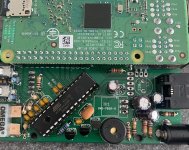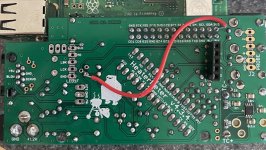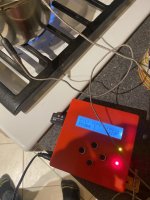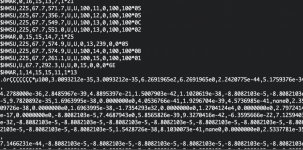David Dellanave
New member
Hi guys, just built a HM 4.3 and I am stumped. When I initially powered it up I had some smoke coming from what looked like near the trace areas around the 5V power supply. I removed, re-soldered, double checked that, and then I was getting smoke and heat on the trace between pins 2 & 3 of the MOSFET on the back side of the board, and the inductor was heating up. Same thing, after some de/re-soldering that seemed to be straightened out. Really bothers me that I never found a CAUSE, but at least it seemed like it was fixed. Best I can tell I have clean 12V power, 5V at the right places, and 3.3V at the right places.
But my HM is totally erratic. Probe readings are all over the place on both thermistor and thermocouple. The screen worked, with some gibberish characters, for a bit, now it's not working. Sometimes I can re-flash the Atmel, bust most of the time it says AVR fuses error. I've tried with & without the LCD board, and I've tried with and without the raspberry pi. I've re-flowed everything, checked and triple checked for shorts and stray solder. I've tried a brand new Atmel, with no change. Right now I have the MOSFET completely removed.
Could the 5V power supply be damaged in such a way that it would create totally erratic behavior?
I am stumped. Any suggestions on things to check before I start replacing components one at a time?
But my HM is totally erratic. Probe readings are all over the place on both thermistor and thermocouple. The screen worked, with some gibberish characters, for a bit, now it's not working. Sometimes I can re-flash the Atmel, bust most of the time it says AVR fuses error. I've tried with & without the LCD board, and I've tried with and without the raspberry pi. I've re-flowed everything, checked and triple checked for shorts and stray solder. I've tried a brand new Atmel, with no change. Right now I have the MOSFET completely removed.
Could the 5V power supply be damaged in such a way that it would create totally erratic behavior?
I am stumped. Any suggestions on things to check before I start replacing components one at a time?





